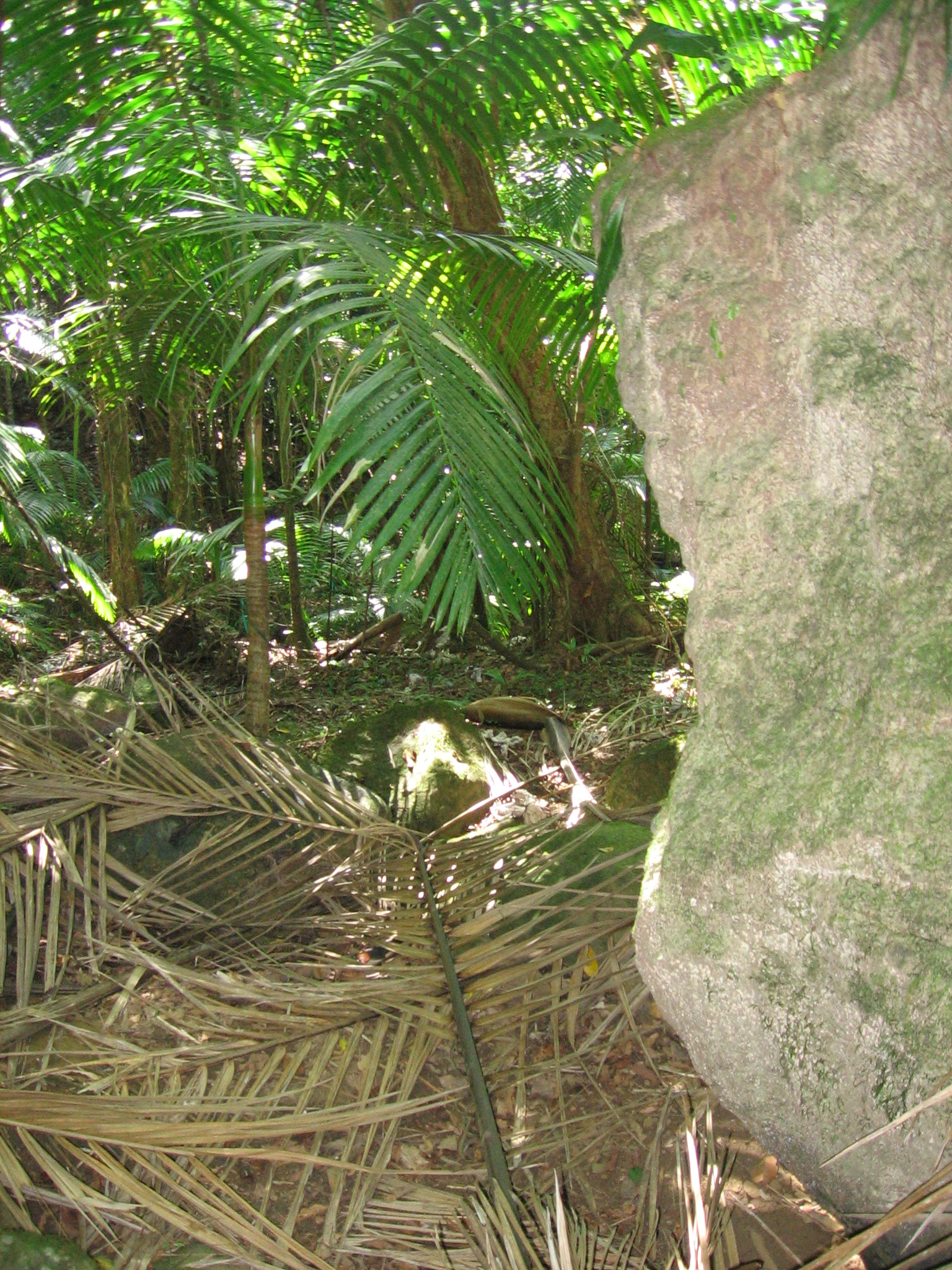Research Interests and Experience
Ecological systems are complex and dynamic, and they
provide important resources as well as vital services such as
recycling of air and water, pollination of crops, and control of pests and
diseases. However, most ecosystems on Earth have been altered considerably by
human activity. As human populations grow and generate ever-greater
impacts on natural systems, an understanding of the processes that influence
ecological structure and function becomes critical to promote wise management
strategies and preserve biodiversity. As such, ecological research will become
increasingly important in coming decades.
services such as
recycling of air and water, pollination of crops, and control of pests and
diseases. However, most ecosystems on Earth have been altered considerably by
human activity. As human populations grow and generate ever-greater
impacts on natural systems, an understanding of the processes that influence
ecological structure and function becomes critical to promote wise management
strategies and preserve biodiversity. As such, ecological research will become
increasingly important in coming decades.
My research focuses primarily on the population and community levels of ecological organization. Within this framework, I use observational and experimental approaches to answer questions derived from ecological theory. These questions generally stem from one of three major research foci:
1. Disturbance ecology: I am interested in how population and community structure are influenced by large-scale disturbance events, both those of natural (e.g., hurricanes) or anthropogenic (e.g., logging, agriculture) origin.
2. Community interactions: I am interested in interactions among species and how those interactions influence patterns of population dynamics and biodiversity.
3. Macroecology: I am interested in documenting general, broad-scale patterns of biodiversity and community structure, and identifying the mechanisms that give rise to them.
Most of my recent projects and current plans involve terrestrial snails, for several reasons:
∑ Snails are taxonomically diverse, often numerically abundant, and fill a variety of ecological roles (e.g., herbivores, detritivores, even carnivores). Therefore, they may be keystone heterotrophs, especially in some island systems. One such island is Puerto Rico, home of the Luquillo Mountains Long-Term Ecological Research (LTER) project, with which much of my current research is associated.
∑ Snails tend to be relatively sedentary and are susceptible to desiccation in unfavorable environmental conditions, so they are likely to show demographic or behavioral responses to disturbance.
∑ Snails exhibit relatively low vagility. Because it is difficult for them to disperse across unfavorable habitats, they are useful organisms with which to study the effects of habitat fragmentation.
∑ Snails are easy to capture, do not bite, and can be studied without waking up at 5:00 AM.
All that said, I do not limit myself to studying a single organism. In fact, I have experience working with both invertebrates (snails, whipspiders) and vertebrates (bats, rodents, and even, as a student volunteer, white rhinos), and I hope to continue studying a variety of different organisms.
Iím interested in working with motivated BSU students and involving them in my research program. Students who are interested in undergraduate research should click here.
View of the Luquillo Mountains from Luquillo Beach, Puerto Rico. (Photo by T. McBride)